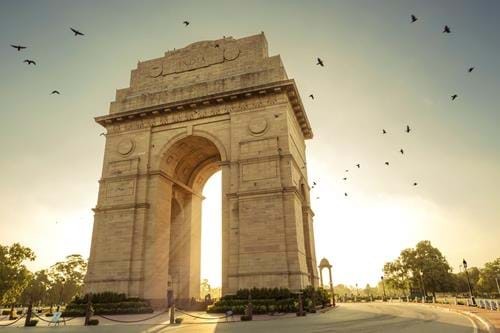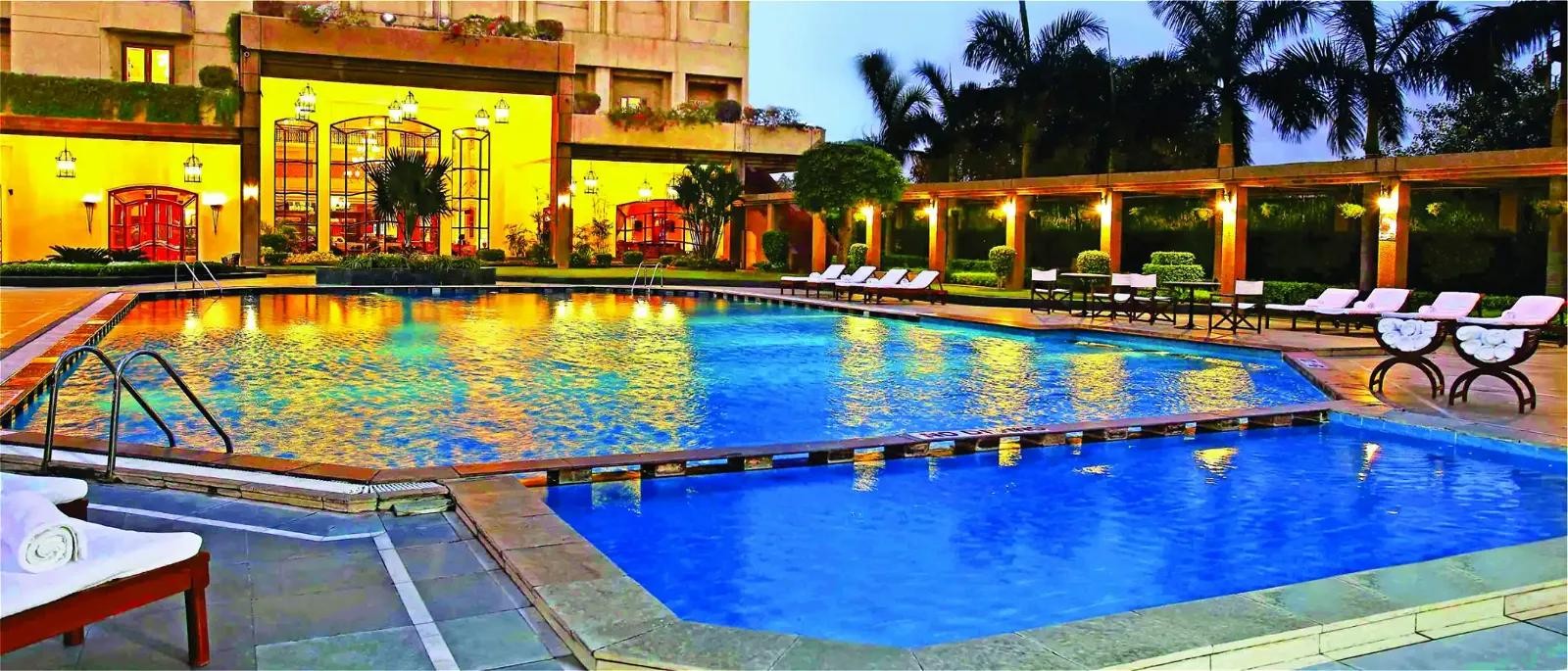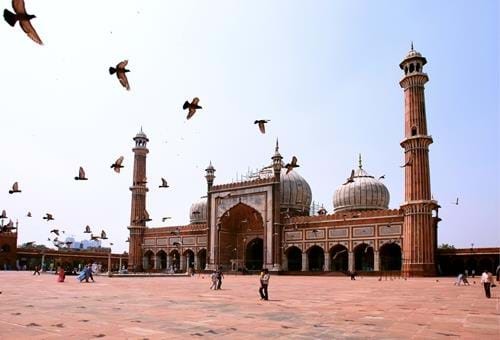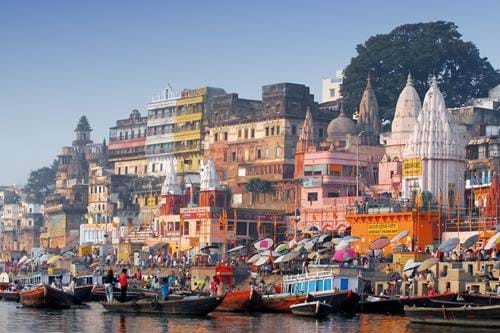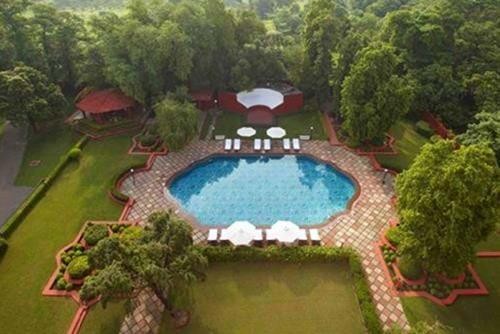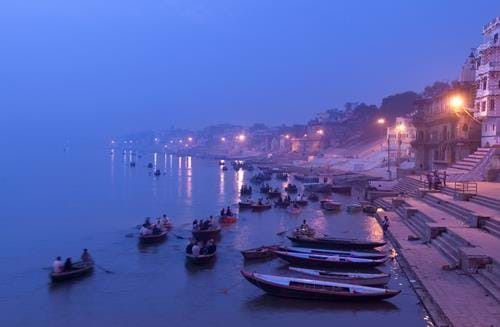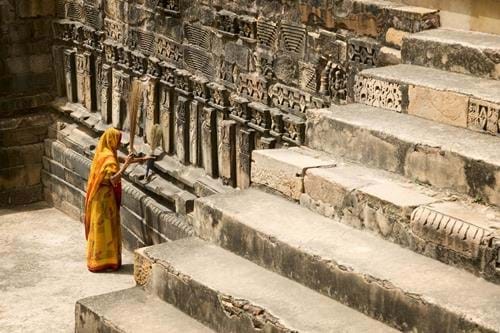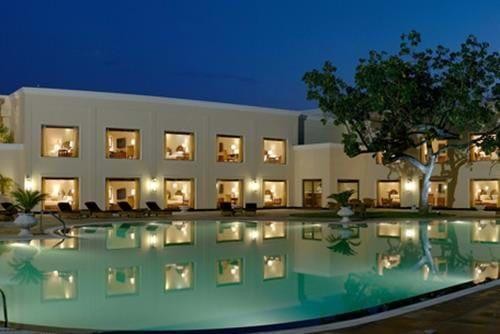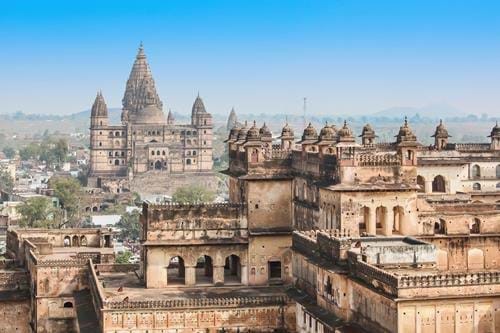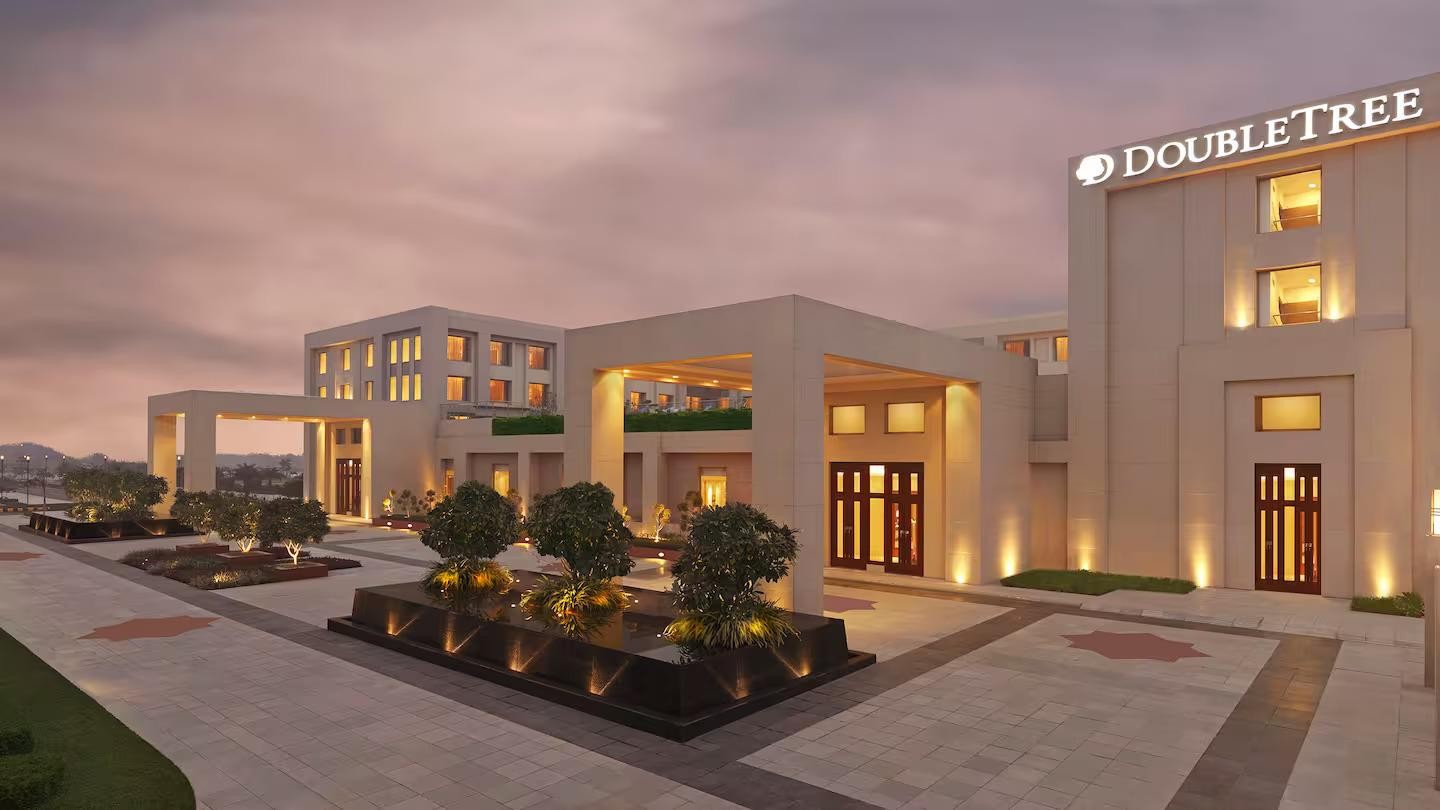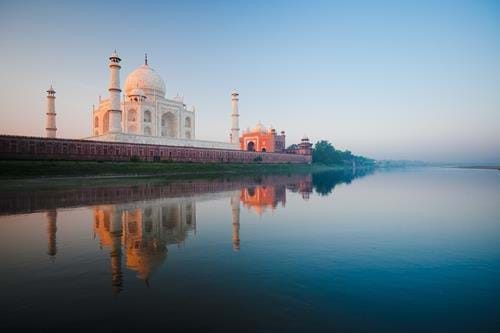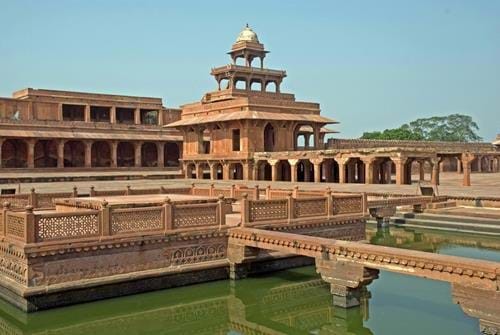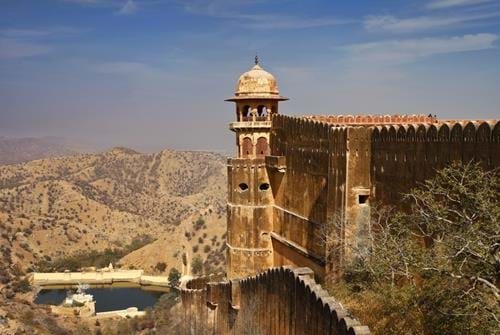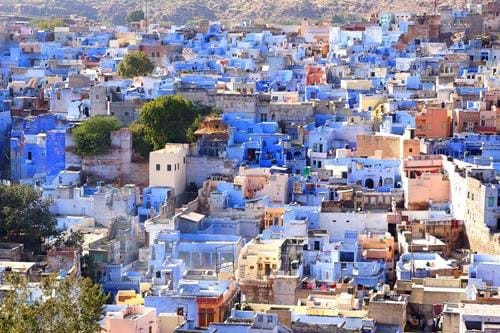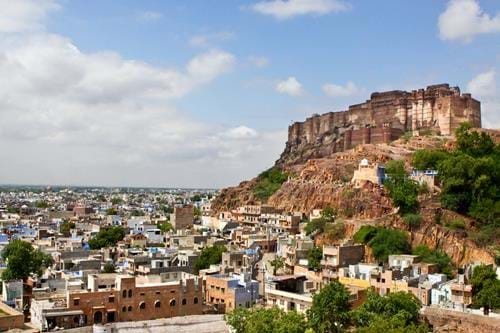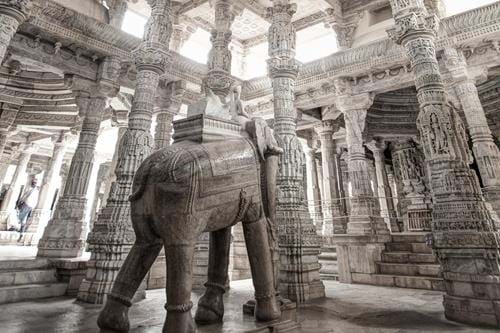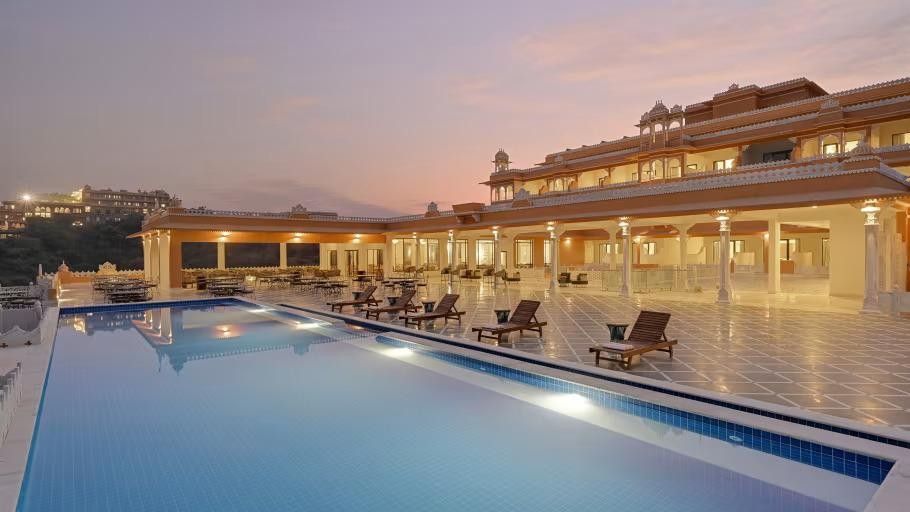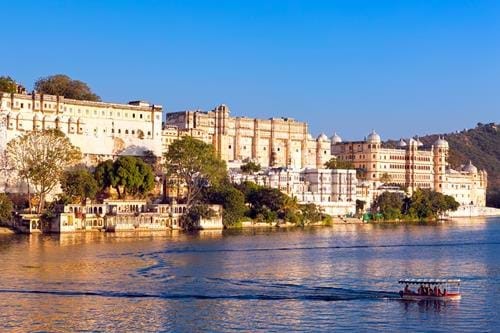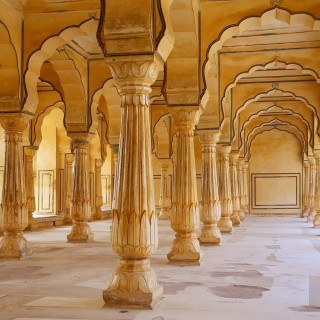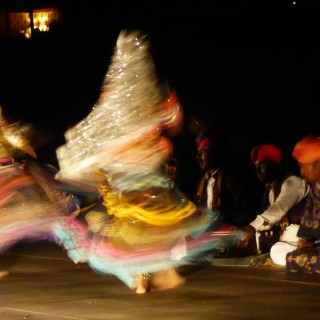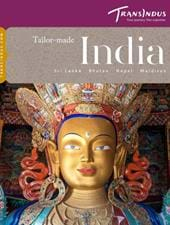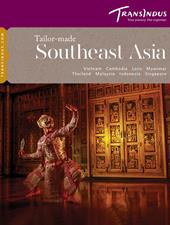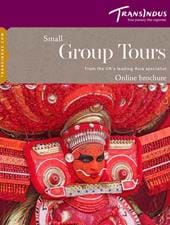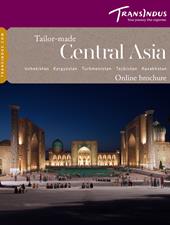Save £100 per person on list prices
Save £100 per person on ALL Group Tours booked between September and the end of December 2025.
Group Tour
- Duration15 Days
- Flights IncludedNo
- Prices From £ 2595
 Places Visited :
Delhi, Varanasi, Khajuraho, Orchha, Agra, Jaipur, Jodhpur, Udaipur
Places Visited :
Delhi, Varanasi, Khajuraho, Orchha, Agra, Jaipur, Jodhpur, Udaipur
Staying in five-star hotels, you will experience some of India’s most prominent cultural and sacred sites on this two-week tour of northern India’s historic highlights. Spanning 2,500 years, this loop from Delhi across the Gangetic Plains to Varanasi and southern Rajasthan weaves between the region’s iconic forts, temples and palaces, culminating with a stay in the dreamy lakeside city of Udaipur. Over the course of the tour, you get to walk in the footsteps of the Buddha, experience the erotic intensity of Khajuraho’s tantric stone carving, watch the sun rise over the Ganges, and experience the Taj Mahal, the fabulous medieval wonder of the world.
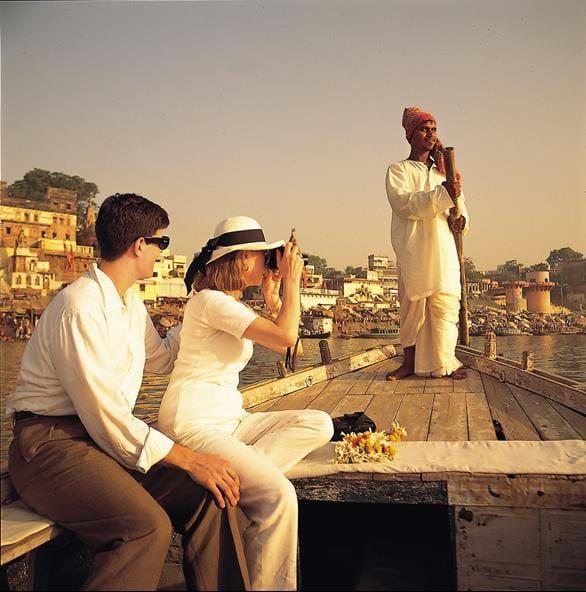
Remember, this trip can be personalised to suit your travel needs - we can tailor everything from hotel, travel type, duration and more.

